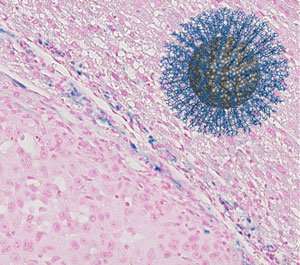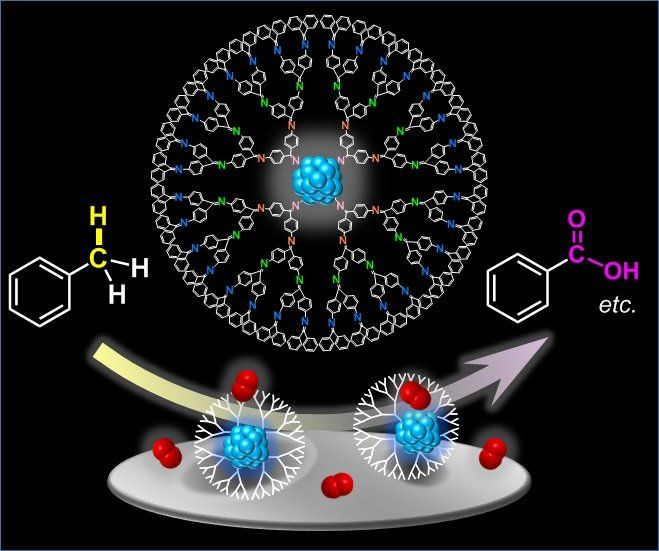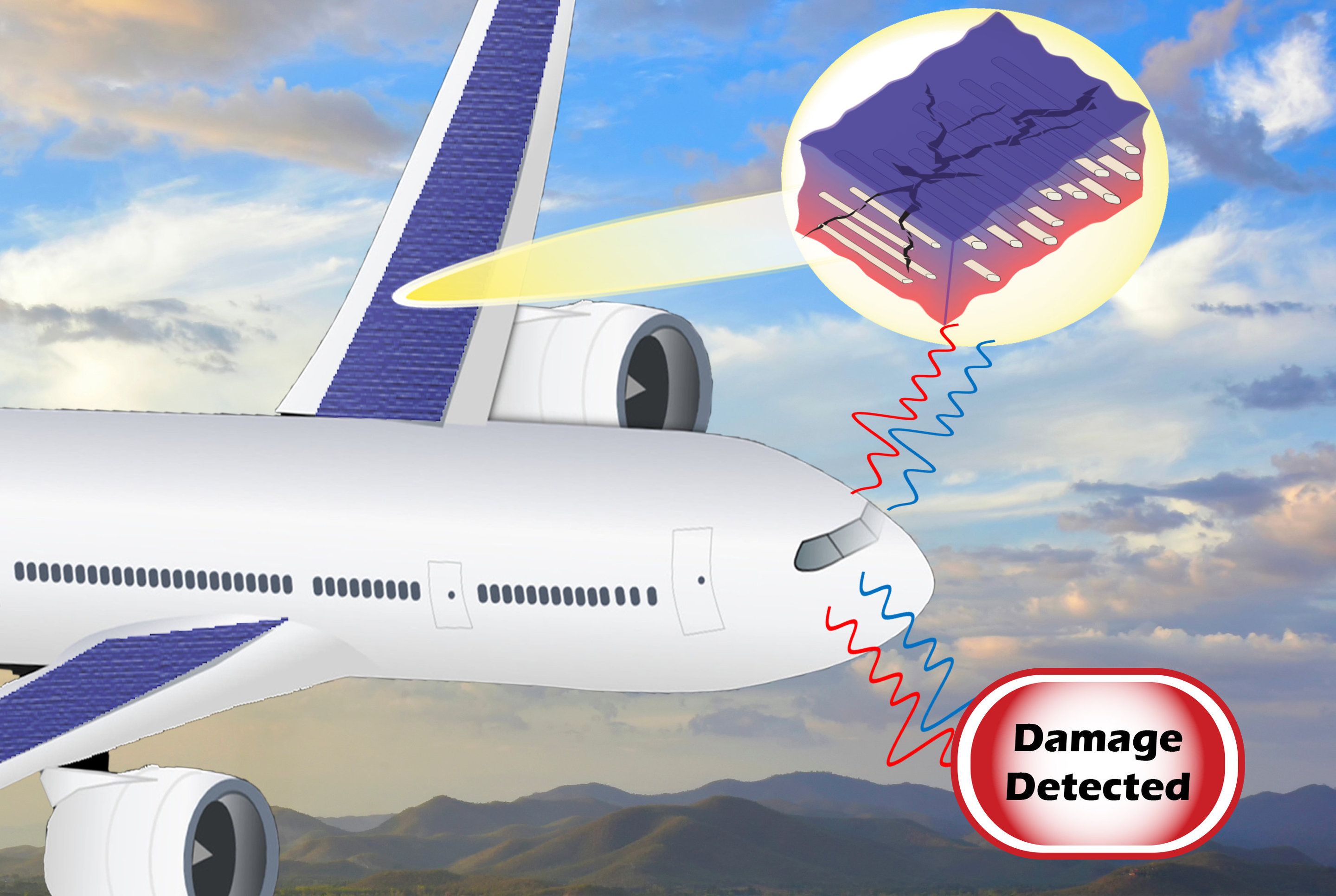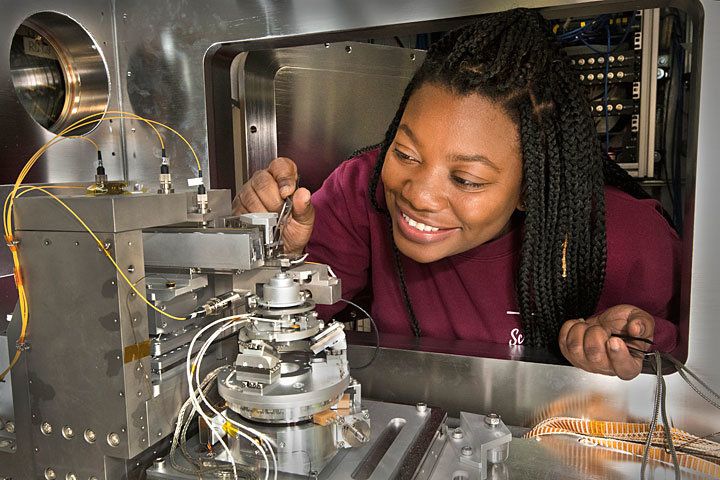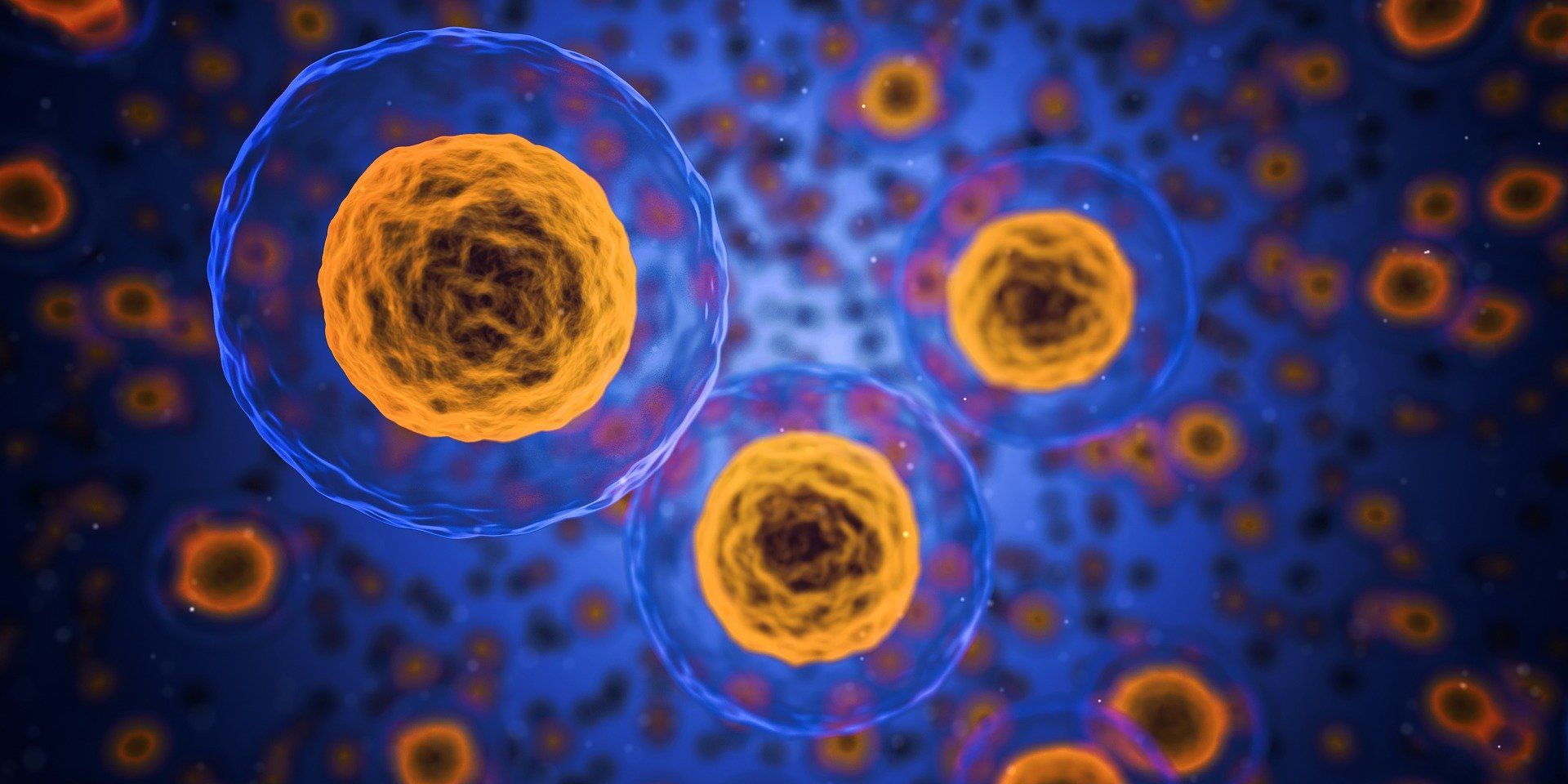Page 9308
Nov 16, 2018
Goodbye AirPods. Say Hello to the Better Replacement
Posted by Genevieve Klien in category: futurism
Why You Want It: Apple gear is pretty much uniformly high quality. The AirPods are no exception, providing users with reliable Bluetooth connection, great sound, an ingenious charging case, plus those amazing looks. The problem is the cost. You spring for these Air Buds because they provide all of the features you get with the brand name, for a fraction of the price—especially on this current discount.
The Deal: A great deal at the $99 MSRP, you can currently buy these for just $36.99 after a 62% discount at the Inverse Shop.
Inverse may receive a portion of sales from the post above, which was created independently from Inverse’s editorial and advertising team.
Continue reading “Goodbye AirPods. Say Hello to the Better Replacement” »
Nov 16, 2018
Peptide coatings boost iron oxide-based particles for diagnostic magnetic resonance imaging
Posted by Genevieve Klien in categories: biotech/medical, nanotechnology
Cancer will become easier to detect and diagnose early using magnetic resonance imaging (MRI) thanks to A*STAR researchers who have engineered biocompatible iron oxide nanoparticle contrast agents¹.
Nov 16, 2018
Metallic nanoparticles light up another path towards eco-friendly catalysts
Posted by Genevieve Klien in categories: nanotechnology, particle physics
Scientists at Tokyo Institute of Technology produced subnano-sized metallic particles that are as much as 50 times more effective than well-known Au-Pd bimetallic nanocatalysts.
Nov 16, 2018
Next-generation composites may monitor their own structural health
Posted by Genevieve Klien in categories: health, transportation
Carbon fiber composites—lightweight and strong—are great structural materials for automobiles, aircraft and other transportation vehicles. They consist of a polymer matrix, such as epoxy, into which reinforcing carbon fibers have been embedded. Because of differences in the mechanical properties of these two materials, the fibers can detach from the matrix under excessive stresses or fatigue. That means damage in carbon fiber composite structures can remain hidden below the surface, undetectable by visual inspection, potentially leading to catastrophic failure.
Nov 16, 2018
ICON to Return to Vandenberg AFB for Further Analysis
Posted by Genevieve Klien in category: space
NASA and Northrop Grumman have made the decision to fly the L-1011 Stargazer and Pegasus XL rocket carrying NASA’s Ionospheric Connection Explorer, or ICON, spacecraft back to its integration facility at Vandenberg Air Force Base in California. The ferry flight will take place early next week. Returning to the environmentally-controlled integration facility allows the team to further investigate off-nominal data observed during the Nov. 7 launch attempt.
Once the investigation is complete, a new launch date will be determined. ICON will launch out of Cape Canaveral Air Force Station in Florida. The ICON spacecraft, which uses Northrop Grumman’s LEOStar-2 platform, is monitored at all times and remains healthy.
Nov 16, 2018
Laser technology uncovers medieval secrets locked in Alpine ice core
Posted by Genevieve Klien in category: futurism
A new study has found ground-breaking evidence from an ice core in the Swiss-Italian Alps that proves the 7th century switch from gold to silver currencies in western Europe actually occurred a quarter of a century earlier than previously thought.
Nov 16, 2018
Scientists produce 3D chemical maps of single bacteria
Posted by Genevieve Klien in category: biological
Scientists at the National Synchrotron Light Source II (NSLS-II)—a U.S. Department of Energy (DOE) Office of Science User Facility at DOE’s Brookhaven National Laboratory—have used ultrabright x-rays to image single bacteria with higher spatial resolution than ever before. Their work, published in Scientific Reports, demonstrates an X-ray imaging technique, called X-ray fluorescence microscopy (XRF), as an effective approach to produce 3D images of small biological samples.
Nov 16, 2018
New way to look at cell membranes could change the way we study disease
Posted by Genevieve Klien in category: biotech/medical
A new technique to study intact parts of cell membranes could revolutionise studies of cancer, metabolic and heart diseases.
Nov 16, 2018
Laser-activated nanotube skin shows where the strain is
Posted by Genevieve Klien in categories: nanotechnology, transportation
Whether they’re in airplane wings, bridges or other critical structures, cracks can cause catastrophic failure before they’re large enough to be noticed by the human eye. A strain-sensing “skin” applied to such objects could help, though, by lighting up when exposed to laser light.


